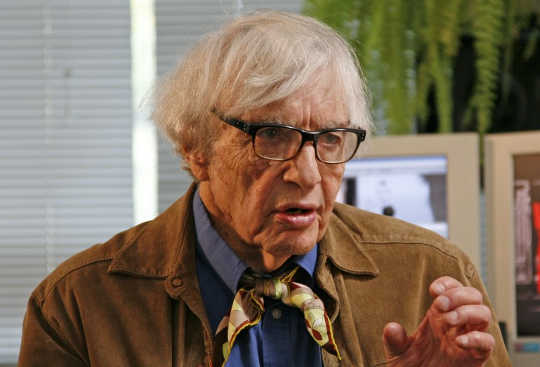 Robert Jay Lifton was born 91 years ago. Living through the catastrophes of the 20th century — world war, tyrannical regimes, genocide, the nuclear bomb, terrorism — he grappled with their terrible impact on human beings. His work as a psychiatrist, historian and public intellectual forged his reputation as one of the world’s foremost thinkers.
Robert Jay Lifton was born 91 years ago. Living through the catastrophes of the 20th century — world war, tyrannical regimes, genocide, the nuclear bomb, terrorism — he grappled with their terrible impact on human beings. His work as a psychiatrist, historian and public intellectual forged his reputation as one of the world’s foremost thinkers.
 Researchers have found at least eight occurrences of iron penetrating the Pacific Ocean, with each occurrence likely associated with global climate change over thousands of years.
Researchers have found at least eight occurrences of iron penetrating the Pacific Ocean, with each occurrence likely associated with global climate change over thousands of years.
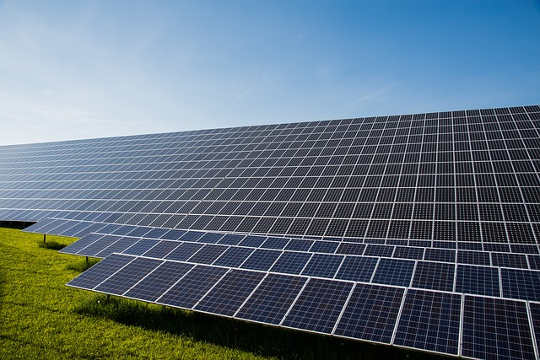 Solar has become the world’s favourite new type of electricity generation, according to global data showing that more solar photovoltaic (PV) capacity is being installed than any other generation technology.
Solar has become the world’s favourite new type of electricity generation, according to global data showing that more solar photovoltaic (PV) capacity is being installed than any other generation technology.
 Most of the world could switch to 100% renewable energy by 2050, creating millions of jobs, saving millions of lives that would otherwise be lost to air pollution, and avoiding 1.5? of warming.
Most of the world could switch to 100% renewable energy by 2050, creating millions of jobs, saving millions of lives that would otherwise be lost to air pollution, and avoiding 1.5? of warming.
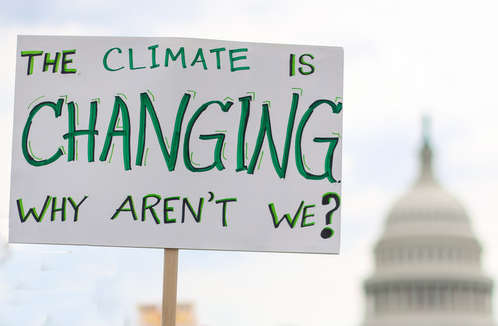 By virtue of its size, elevation and currently frozen state, Greenland has the potential to cause large and rapid increases to sea level as it melts.
By virtue of its size, elevation and currently frozen state, Greenland has the potential to cause large and rapid increases to sea level as it melts.
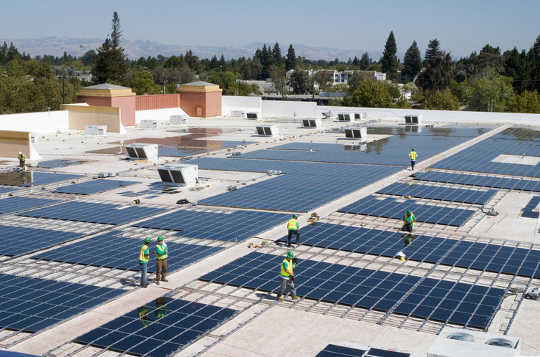 When utility executives make decisions about building new power plants, a lot rides on their choices.
When utility executives make decisions about building new power plants, a lot rides on their choices.
 By continuing to delay significant reductions in greenhouse gas emissions, we risk handing young people alive today a bill of up to US$535 trillion.
By continuing to delay significant reductions in greenhouse gas emissions, we risk handing young people alive today a bill of up to US$535 trillion.
 Solarpunk imagines a sustainable future, and what it might be like to live in it. Solarpunk’s optimism towards the future is the first concept that needs complicating here.
Solarpunk imagines a sustainable future, and what it might be like to live in it. Solarpunk’s optimism towards the future is the first concept that needs complicating here.
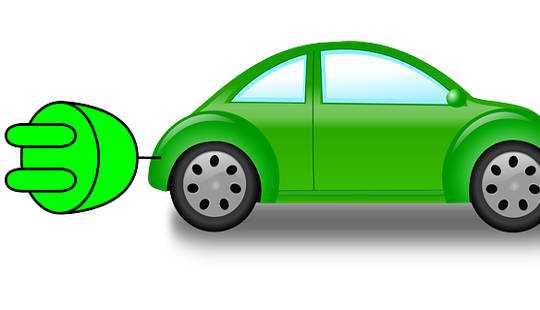 Using energy stored in the batteries of electric vehicles to power large buildings not only provides electricity for the building, but also increases the lifespan of the vehicle batteries, new research shows.
Using energy stored in the batteries of electric vehicles to power large buildings not only provides electricity for the building, but also increases the lifespan of the vehicle batteries, new research shows.
 People who report working to save energy in their own lives may be less likely to support government action on energy-use reduction and sustainability, a new study suggests.
People who report working to save energy in their own lives may be less likely to support government action on energy-use reduction and sustainability, a new study suggests.
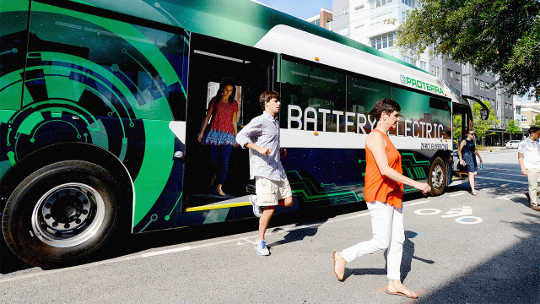 President Donald Trump’s decision to exit the Paris climate agreement reaffirmed what was already clear
President Donald Trump’s decision to exit the Paris climate agreement reaffirmed what was already clear
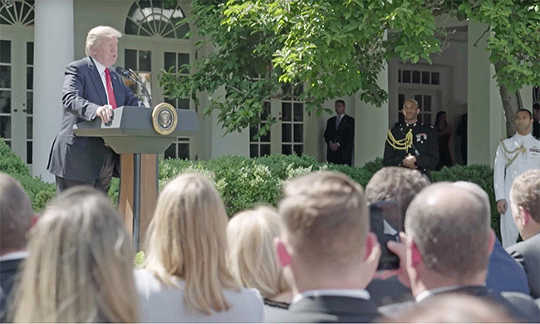 There are so many ways we can slow and stop the burning of fossil fuels in the United States. But we need to get to work.
There are so many ways we can slow and stop the burning of fossil fuels in the United States. But we need to get to work.
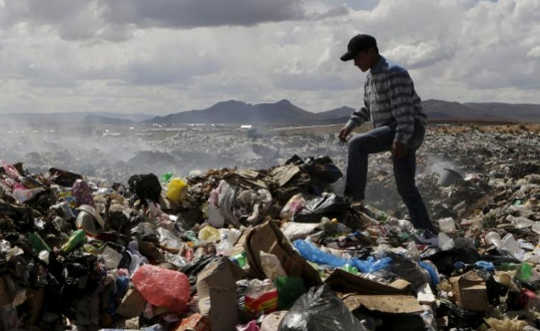 The federal government recently announced that it is giving recycling company ResourceCo a loan of A$30 million to build two waste-to-fuel plants producing “solid waste fuel”.
The federal government recently announced that it is giving recycling company ResourceCo a loan of A$30 million to build two waste-to-fuel plants producing “solid waste fuel”. ![]()
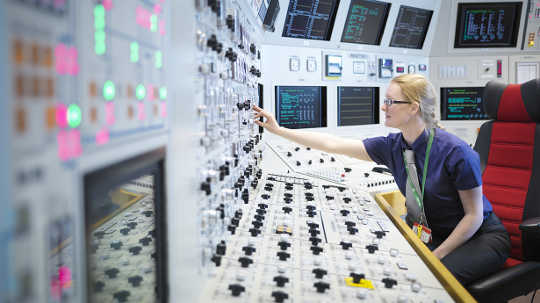 Socially and politically, 2016 was a momentous year for Britain. It was also a record breaking year for energy and the environment, but thankfully for all the right reasons.
Socially and politically, 2016 was a momentous year for Britain. It was also a record breaking year for energy and the environment, but thankfully for all the right reasons.
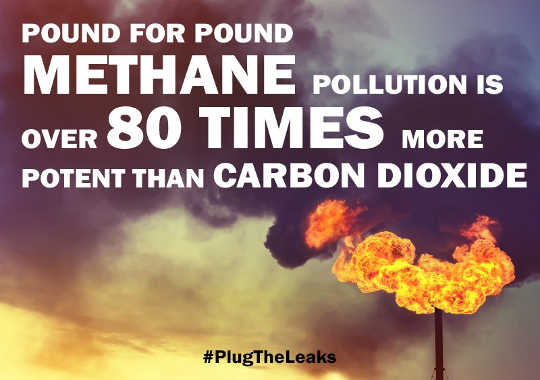 The US Environmental Protection Agency recently enacted regulations to reduce methane emissions from oil and natural gas production.
The US Environmental Protection Agency recently enacted regulations to reduce methane emissions from oil and natural gas production.
 Getting climate change under control is a formidable, multifaceted challenge. Analysis by my colleagues and me suggests that staying within safe warming levels now requires removing carbon dioxide from the atmosphere, as well as reducing greenhouse gas emissions.
Getting climate change under control is a formidable, multifaceted challenge. Analysis by my colleagues and me suggests that staying within safe warming levels now requires removing carbon dioxide from the atmosphere, as well as reducing greenhouse gas emissions. ![]()
 Around the world, 1.1 billion people have no electricity and 2.9 billion can’t cook with “clean” energy. The international community has big aspirations to tackle this challenge, and its focus is on sustainable energy.
Around the world, 1.1 billion people have no electricity and 2.9 billion can’t cook with “clean” energy. The international community has big aspirations to tackle this challenge, and its focus is on sustainable energy. ![]()
 Since the February blackouts in South Australia, the Australian government has increased its interest in carbon dioxide capture and storage (CCS).
Since the February blackouts in South Australia, the Australian government has increased its interest in carbon dioxide capture and storage (CCS).
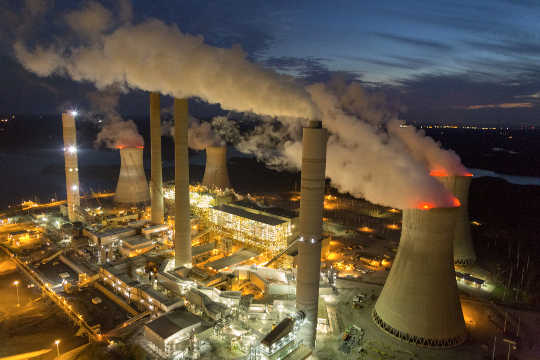 On Tuesday, March 28, President Trump traveled to the Environmental Protection Agency to sign an executive order rolling back a number of climate-related regulations that have taken effect over the past eight years.
On Tuesday, March 28, President Trump traveled to the Environmental Protection Agency to sign an executive order rolling back a number of climate-related regulations that have taken effect over the past eight years.
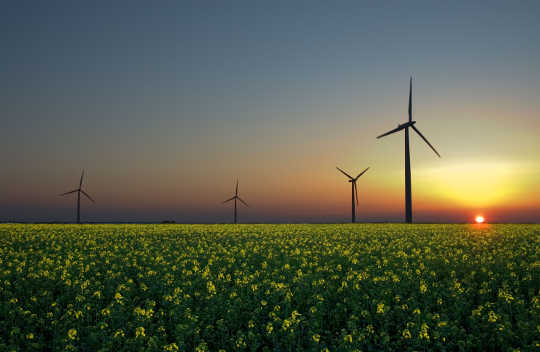 There are a number of available low-carbon technologies to generate electricity. But are they really better than fossil fuels and nuclear power?
There are a number of available low-carbon technologies to generate electricity. But are they really better than fossil fuels and nuclear power? ![]()
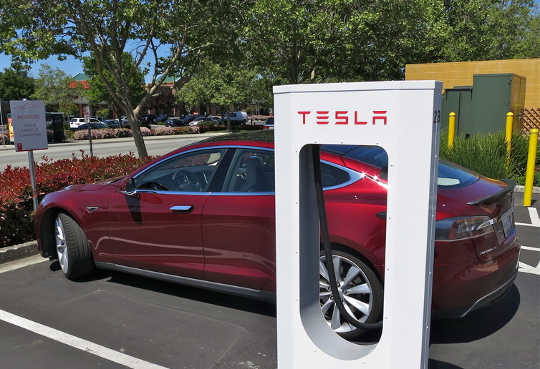
A key question amid the consternation over the current state of Australia’s east coast energy market has been how much renewable energy capacity to build, and how fast.
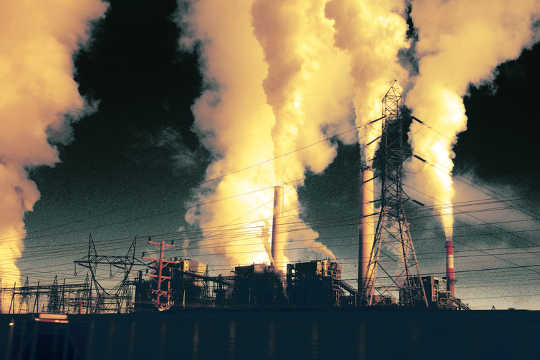 The electric grid is an amazing integrated system of machines spanning an entire continent.
The electric grid is an amazing integrated system of machines spanning an entire continent.
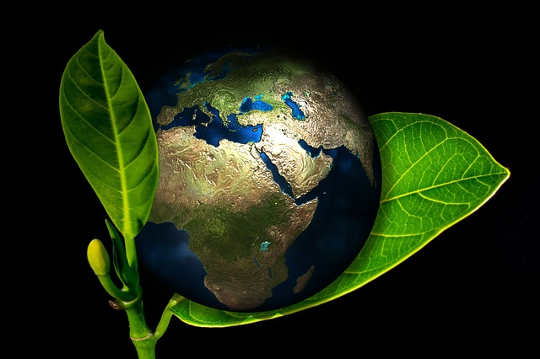 Chemists have engineered a molecule that uses light or electricity to convert carbon dioxide into carbon monoxide.
Chemists have engineered a molecule that uses light or electricity to convert carbon dioxide into carbon monoxide.
















